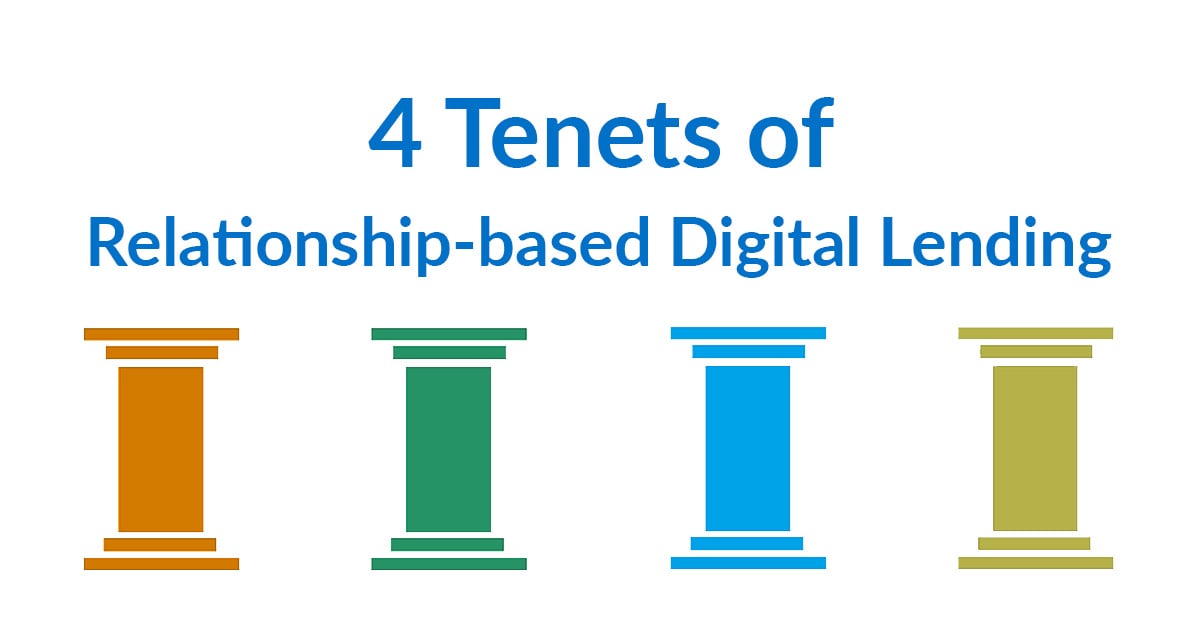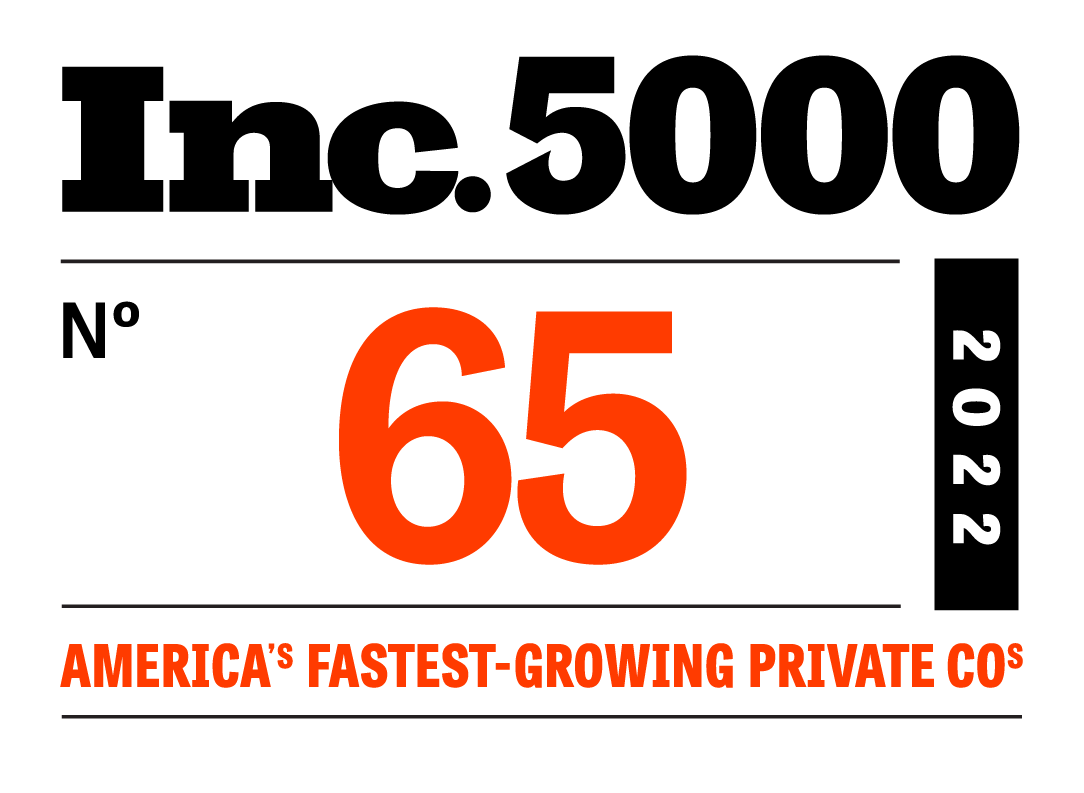
Banking is going through a rough patch.
Not only did branch closures reach an all-time high in 2018, but mergers and acquisitions are leading to an increasingly consolidated industry. In a recent interview with American Banker, former Small Business Administrator Karen Mills noted that, since the Great Recession, the number of banks in the United States has shrunk more than 65 percent. Today, just around 5,000 financial institutions remain.
One reason banks are struggling is because they’re losing customers to alternative lenders and megabanks who have poured billions into innovation over the last decade, and now hold a significant tech advantage over their competition.
Banks that have traditionally differentiated themselves and won business on the strength of their relationships are quickly learning that providing great customer service alone isn’t enough. As we discussed in our analysis of the Fed’s most recent Small Business Credit Survey, bank customers are willing to pay a premium for a fast and convenient digital experience and are leaving relationship banks to find it.
This narrative tends to spook banks, as it suggests online lending is more important to consumers than the relationships they’ve forged with their retail bankers, business bankers, and relationship managers. But a closer reading of our analysis shows that often times customers are reluctantly choosing to work with alternative lenders and megabanks because their local bank doesn’t offer the same sort of digital convenience.
A hybrid approach—one that offers the speed and convenience of digital lending, and reinforces the core tenets of relationship banking—is the winning strategy for relationship banks.
This kind of approach is known as a relationship-based digital lending strategy.
Why Banks Need Relationship-Based Digital Lending
Relationship banks have no interest in replacing their one-on-one connections with consumers with software. And, their customers don’t want this either.
While plenty of our daily lives now live primarily online, when it comes to dealing with personal or business finances, people still want to the ability to speak with a human being when they need help or have a question.
Unfortunately, many digital lending vendors are either trying to replace human interactions or outsource them to call centers that aren’t connected with the financial institutions they serve.
Relationship-based digital lending, on the other hand, is a strategy that combines the benefits of data analytics and technology with the key, service-oriented tenets of relationship banking, thus amplifying a financial institution’s most valuable assets: their people.
These digital tools help relationship banks increase their loan team productivity, provide them with omnichannel support capabilities, and allow them to produce an exceptional customer experience by creating easier access to the institution’s lending products. All in all, relationship-based digital lending is about empowering bankers to better serve today’s customers.

The 4 Tenets of Relationship-Based Digital Lending
Since relationship-based digital lending is all about investing in the technology that’s needed to modernize relationship banking, we wanted to provide some examples of how technology can enhance the core tenets of relationship banking that most community and regional banks are familiar with: building customer rapport, providing superior service, taking a consultative approach, and providing superior service.
- Building customer rapport: This first tenet of relationship banking centers on getting to know your customers. In traditional relationship banking, this can be a time-consuming practice and one that is unique to each individual banker and customer relationship. But today, there is an incredible amount of data available to bankers to understand their customers’ needs before engaging with them.
For example, with relationship-based digital lending, technology can be used to do underwriting in advance of a customer ever applying for credit. This equips the banker with important information around what credit products a business is currently eligible for, allowing them to have more proactive and informed conversations with the customer about their financial needs. Further, this information can be accessed anywhere, anytime by bankers—whether they’re on the phone with a customer, visiting them on-site, or meeting with them in the branch.
- Providing superior service: With more options than ever before, customers—especially business customers—can afford to be picky when it comes to choosing a lender. As mentioned earlier, speed and convenience are key to providing a winning experience. Many banks struggle here, with arduous underwriting and loan fulfillment processes that can take weeks—time that today’s modern business owner usually can not afford to waste.
By digitizing a bank’s credit products, doing the underwriting work in advance, and leveraging high-quality data sources, banks have the opportunity to automate and pre-populate the bulk of the application work for the borrower. Real-time lending customer experiences can help banks provide applications with as little as five questions, that can be completed and fulfilled in as few as 3 minutes. This borrowing experience redefines what “providing superior service” means.
- Taking a consultative approach: Relationship banks earned their moniker by providing the kind of advice and service that make their customers see them as trusted financial partners. But even the best relationship banks are failing to fully realize the value of their core data that, when put to proper use, can help them provide a truly exceptional customer experience.
Relationship-based digital lending tools can remedy this by putting a bank’s powerful core data to work. Doing so gives bankers access to the kinds of insights that enable conversations. For example, core data can help bankers identify current customers that are making payments to alternative lenders and competing treasury services. Then, bankers can use that data to offer competitive lending products and services that can help them retain and even win back the businesses that are quietly slipping away.
- Working on the customer’s terms: Traditionally, relationship banks have been more difficult to bank with than the alternative lenders or the megabanks they’re now competing against. Whether it’s short branch hours or conservative credit policies, there’s a reason the industry is going through a wave of disruption.
While this tenet of relationship banking means well, the reality is that the traditional bank lending process has asked the customer to work on the bank’s terms—instead of on the customer’s terms. In fact, lending technology decisions have traditionally focused only on the back-office underwriting teams, rather than the banker’s or customer’s needs. This has resulted in long applications, time-intensive processes, and multiple trips to the file cabinet and local branch for the end-customer.
One way relationship-based digital lending aims to remedy this is by providing an omnichannel approach that allows bankers to reach customers when they want, where they want, and how they want. With the right tools, customers can start a loan application online, reach a banker by phone for help completing it, and come down to the branch to sign the final paperwork. Alternatively, they can complete the entire process from their smartphone if they so choose. It’s really up to the customer’s preferences and working on their terms.
Putting Relationship-Based Digital Lending to Work
Relationship-based digital lending is a relatively new strategy that leading relationship banks are increasingly adopting to drive growth for their institutions. The strategy puts the customer front and center and looks at putting powerful digital tools in the hands of bankers to help them identify, engage, close, and grow relationships.
To that effect, it’s critically important that banks understand their people flows, as well as their process flows, before they implement any new technology or strategy. Keeping that in mind, we’ve pulled together the top 10 questions bank leaders should consider when evaluating their digital lending strategy. Answering these questions will help your financial institution structure your strategy in a meaningful way, and allow you to properly put the four tenets of relationship-based digital lending to work.








